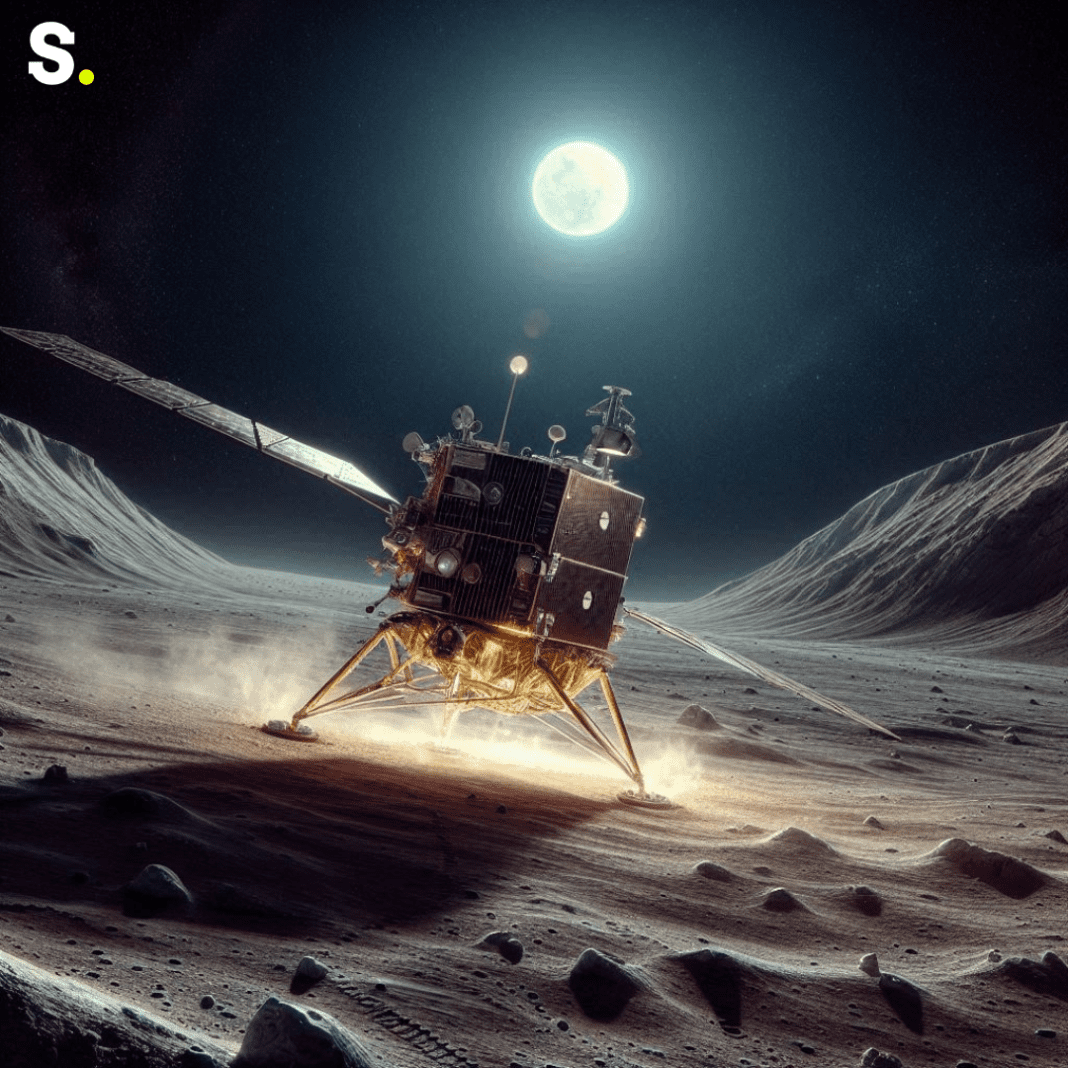NASA’s latest mission to monitor ocean health, air quality, and the effects of climate change successfully launched into orbit early Thursday morning. The The PACE satellite, which stands for Plankton, Aerosol, Cloud, and Ocean Ecosystem, was launched by a SpaceX Falcon 9 rocket from Cape Canaveral Space Force Station in Florida at 1:33 a.m. Eastern Standard Time. NASA confirmed that the satellite is functioning perfectly just five minutes after launch.
Studying Tiny Things from Space
From hundreds of miles above Earth, PACE will study the impact of microscopic life in the water and tiny particles in the air. This mission is critical because these small things play a big role in global warming and climate change.
The satellite’s hyperspectral ocean color instrument will let scientists measure the colors of oceans and other water bodies in ultraviolet, visible, and near-infrared light. This advanced technology will help track the distribution of tiny plant-like organisms called phytoplankton in the water. For the first time, scientists can identify different types of these organisms from space on a daily, global scale. This information is essential for predicting the health of fisheries, monitoring harmful algal blooms, and observing changes in the marine environment.
PACE also carries two special instruments called polarimeters. These are named the Hyper-Angular Rainbow Polarimeter #2 and the Spectro-polarimeter for Planetary Exploration. These tools will help scientists understand how sunlight interacts with particles in the atmosphere. They will offer fresh details on cloud characteristics and aerosols, which are microscopic airborne particles. This data is vital for studying air quality on local, regional, and global levels.
Ocean and Atmosphere Interactions
With its combination of advanced instruments, PACE will offer new insights into how the ocean and atmosphere interact and how these interactions change with the climate. The satellite’s observations will significantly enhance our understanding of the ocean’s role in the climate cycle.
The director of NASA’s Earth Science Division, Karen St. Germain, stressed that PACE’s data will transform ocean science when paired with information from other missions, such as the Surface Water and Ocean Topography project. The data from PACE will be freely available to researchers and early adopters, helping them to tackle rapidly changing environmental challenges.
The PACE team, including its program executive Marjorie Haskell, expressed their pride and excitement. The team overcame numerous challenges, including the global pandemic, to make this observatory a reality. Their dedication and hard work have paid off, and the science community is eagerly awaiting the valuable data PACE will provide.
Monitoring Climate Change Effects
Earth’s oceans are experiencing many changes due to climate change, such as rising sea levels, marine heatwaves, and loss of biodiversity. PACE will allow researchers to study how climate change affects phytoplankton, which play a crucial role in the global carbon cycle by absorbing carbon dioxide from the atmosphere. The larger aquatic and planetary ecosystems, which are necessary for the economy, recreation, and security of food, depend heavily on these microscopic species.
The launch of PACE is a culmination of two decades of planning and effort. Jeremy Werdell, PACE project scientist at NASA’s Goddard Space Flight Center, expressed immense pride in the team and excitement for the mission’s potential. The technologies aboard PACE will be used in ways not yet imagined, making this a truly groundbreaking mission of discovery.
Overseeing the mission‘s launch services was NASA’s Launch Services Program at Kennedy Space Center. NASA Goddard, which is also in charge of building and testing the spacecraft and the ocean color equipment, oversees the PACE mission itself. The Hyper-Angular Rainbow Polarimeter #2 was designed and built by the University of Maryland, Baltimore County, and the Spectro-polarimeter for Planetary Exploration was developed by a Dutch team led by the Netherlands Institute for Space Research, Airbus Defence, and Space Netherlands.
The successful launch and operation of PACE mark a significant milestone in our efforts to understand and combat climate change. With this powerful new tool in orbit, scientists will be able to make critical discoveries that can help protect our planet for future generations.




